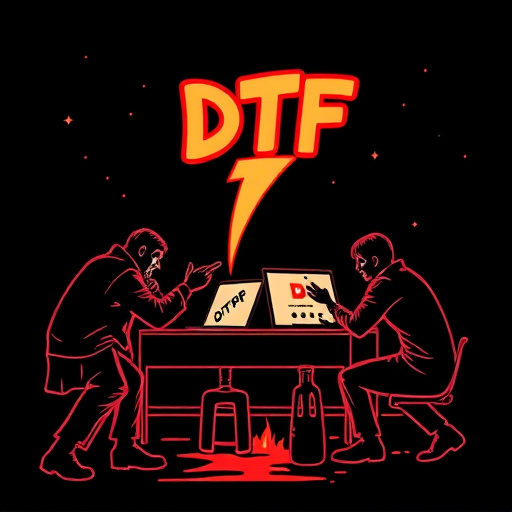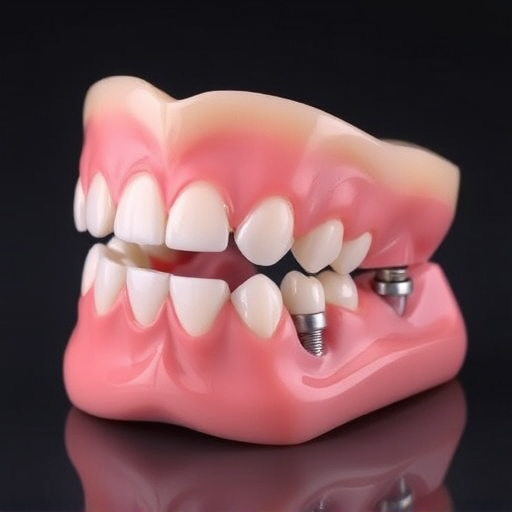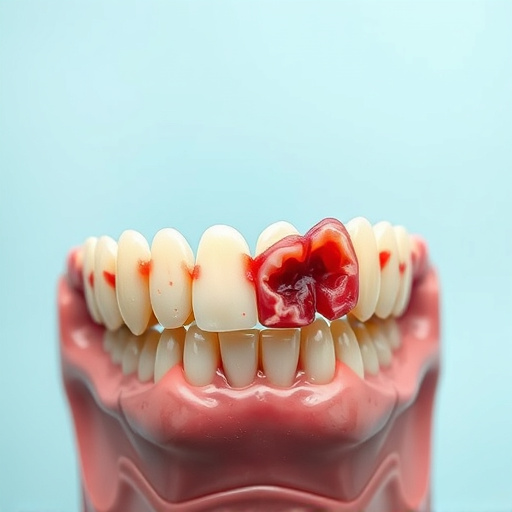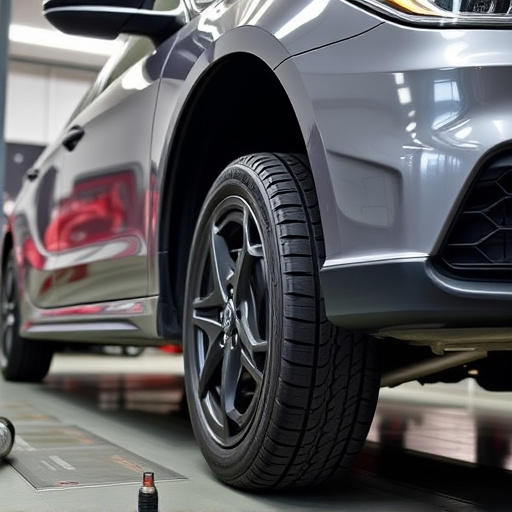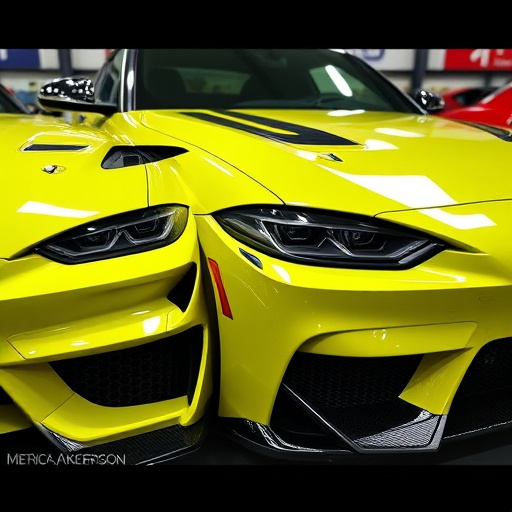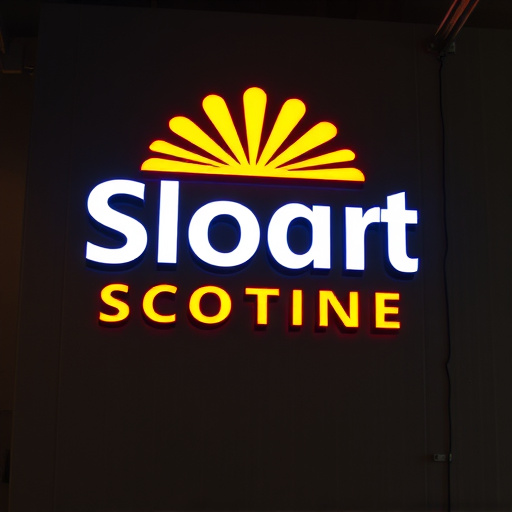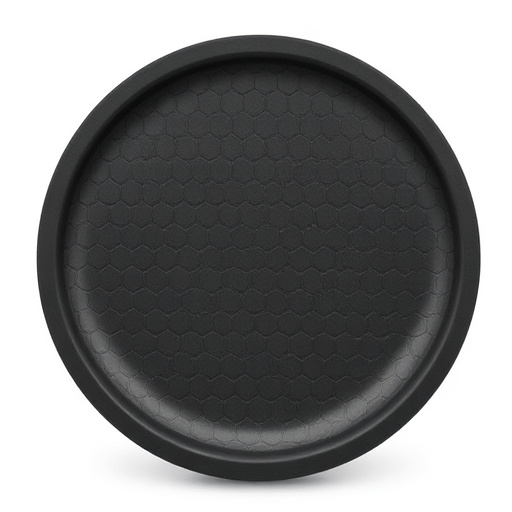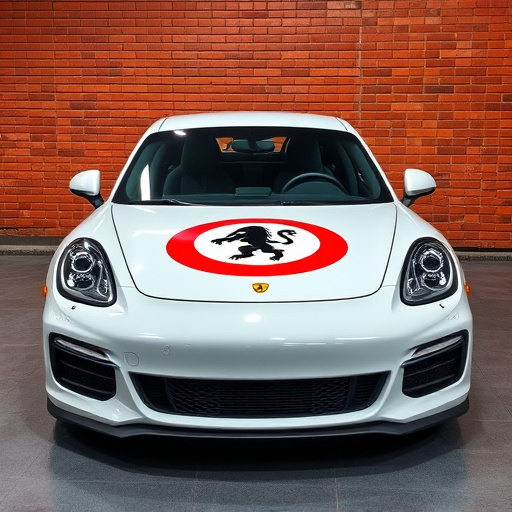Vehicle graphics design transforms cars into mobile ads, blending creativity and technical knowledge to convey brand messages while meeting safety standards. By mastering color theory, typography, and layout, designers ensure both visual appeal and functionality, with practical elements like UV protection enhancing the vehicle's protection. In a competitive market, compelling vehicle graphics design turns any car into a moving billboard, capturing attention and promoting brands effectively. Aligning creative vision with target audience is crucial; strategic use of color, typography, and imagery ensures impact, while additional services like paint correction boost brand recognition among car enthusiasts.
“Unleash creativity while maintaining clarity in vehicle graphics design for impactful mobile advertising. This article explores how to balance artistic expression with brand identity, targeting the right audience with precise messaging. We delve into essential elements like color, shape, and typography to capture attention, while providing practical tips for effective space utilization and readability from various distances. Additionally, we discuss legal considerations, ensuring compliance and maximizing your design’s potential.”
- Understanding the Basics of Vehicle Graphics Design
- – Importance of visual impact on mobile advertising
- – Target audience and message clarity
Understanding the Basics of Vehicle Graphics Design

Vehicle graphics design is an art that transforms ordinary cars into vibrant mobile advertisements. To master this craft, one must grasp the fundamentals. It involves creating visually appealing designs that clearly communicate a brand’s message or concept while adhering to specific regulations and safety standards. The primary goal is to capture attention without compromising visibility for other road users.
Effective vehicle graphics design considers various elements like color theory, typography, and layout. Designers should balance aesthetics and functionality, ensuring the design enhances the vehicle’s overall look without obscuring important details such as license plates or turn signals. Additionally, practical considerations like heat rejection through window tinting or ceramic coatings can be integrated to protect both the occupants and the vehicle from harmful UV rays, further elevating the design’s appeal and practicality.
– Importance of visual impact on mobile advertising
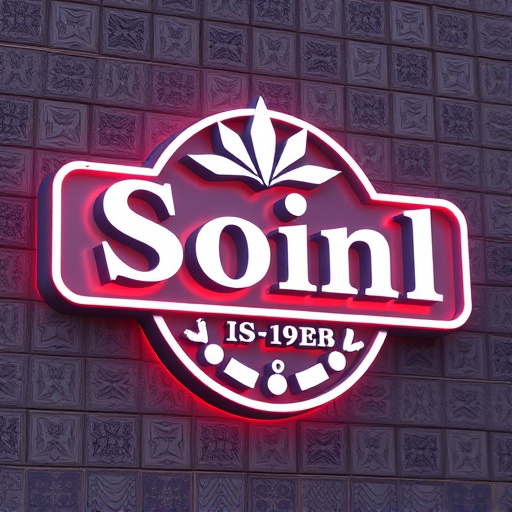
In today’s competitive market, mobile advertising has become a powerful tool for businesses to capture attention and promote their brands. One of the most effective ways to harness this potential is through compelling vehicle graphics design. A well-designed vehicle wrap or graphic on a car, van, or truck serves as a moving billboard, showcasing a brand’s message, values, and aesthetics to countless passersby. The visual impact is key; it needs to be immediate, memorable, and consistent with the brand identity.
Vehicle graphics design combines artistry and precision, ensuring that every element, from colors and imagery to text and logos, contributes to a cohesive and impactful whole. Moreover, advancements in materials like vinyl wraps and paint protection films offer not just aesthetic benefits but also practical advantages such as heat rejection and improved vehicle protection. These innovations allow designers to create eye-catching designs while enhancing the longevity of the vehicle’s exterior.
– Target audience and message clarity

When designing vehicle graphics, understanding your target audience is paramount to ensuring message clarity. Effective vehicle graphics design isn’t just about creating visually stunning artwork; it’s about conveying a brand’s message or promoting a specific product or service in a way that resonates with drivers on the road. For businesses, this means crafting designs that align with their marketing goals, whether it’s increasing brand awareness, highlighting a new product line, or appealing to a particular demographic. The graphics should be instantly recognizable and convey the essential information needed for viewers to understand and respond positively.
A clear message is achieved through strategic use of color, typography, and imagery. For instance, vibrant colors can grab attention and evoke emotion, while subtle hues might create a more professional look. Typography choices should complement the brand identity and ensure readability from a distance. Moreover, integrating secondary marketing elements like paint correction or ceramic coating services into the design strategically can enhance brand recognition among car enthusiasts who value vehicle customization.
Effective vehicle graphics design combines creativity and clarity, transforming mobile advertising into a powerful tool. By understanding the basics, including visual impact and target audience engagement, designers can create captivating messages that leave a lasting impression. Vehicle graphics design, when executed well, becomes a moving canvas that enhances brand visibility and communication on the road.



